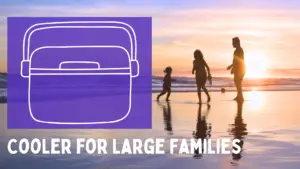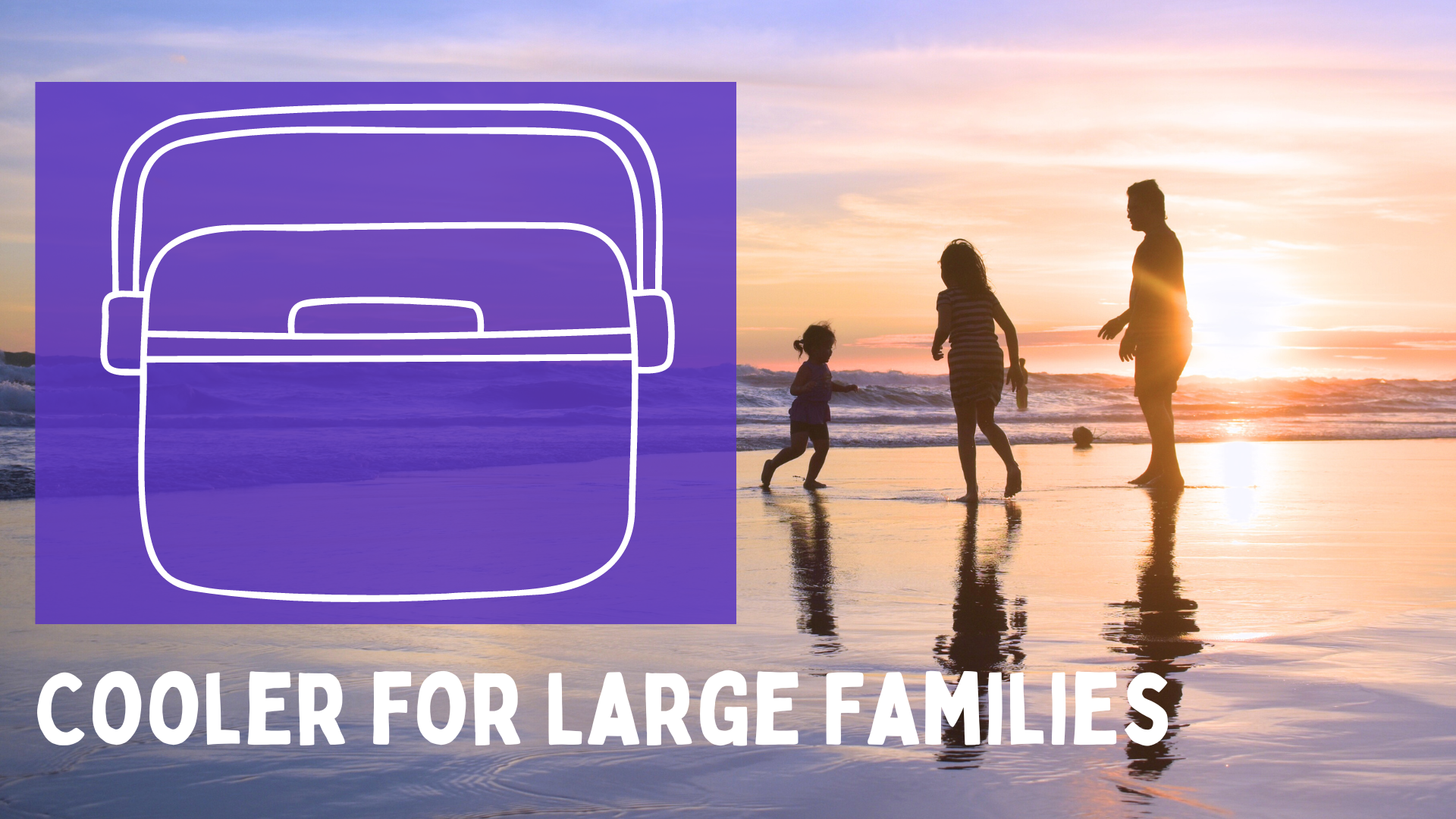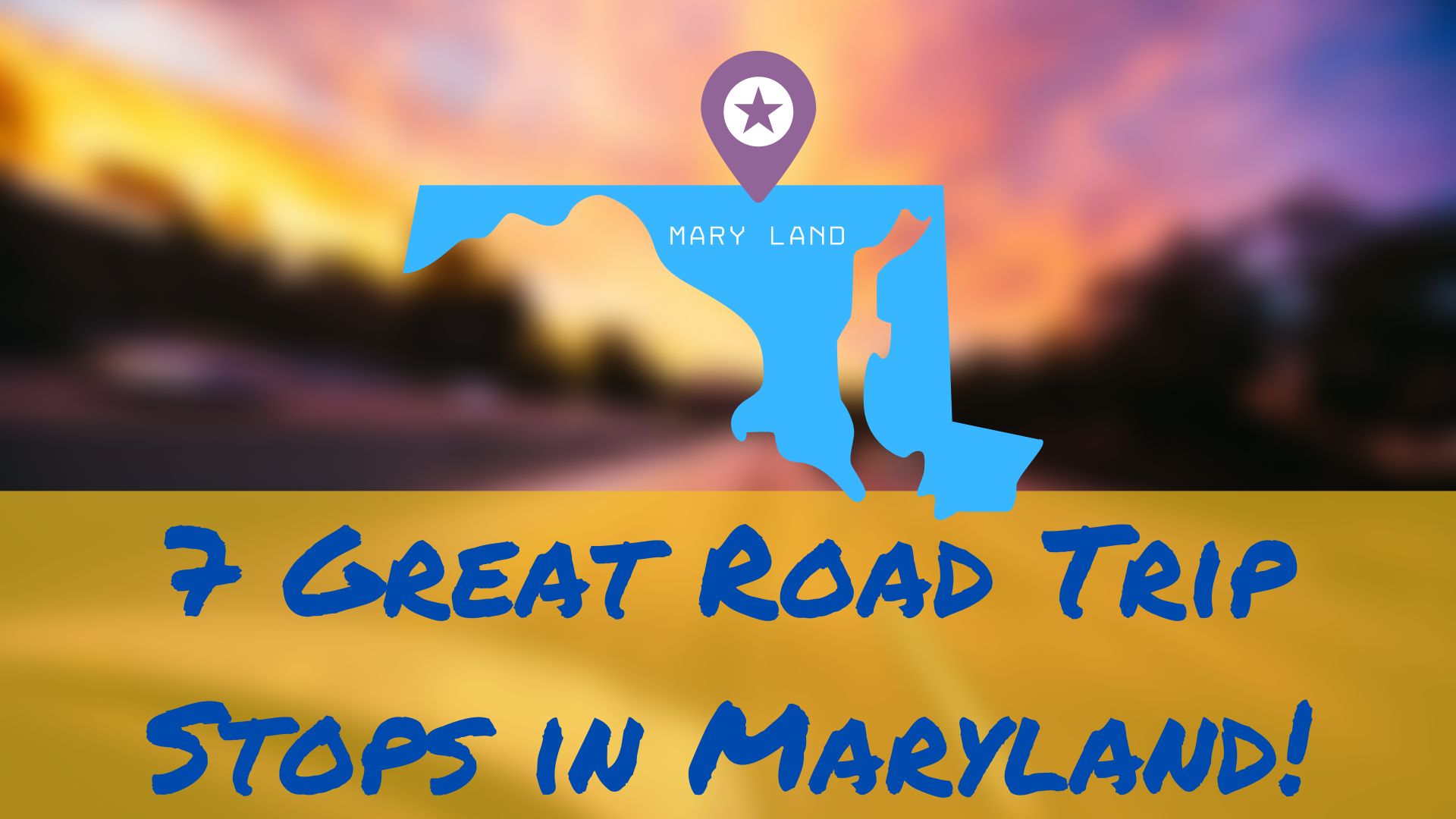Road trips that take you through winding country roads and through small towns are memorable and magical. Taking a road trip without using highways can give you a very memorable trip.
There are several cross country road trip routes that take smaller back roads and historical highways instead of big modern highways. These routes are not the most direct and they will take you longer to make the cross country trip. Traveling on state roads and backroads will allow you to see more of the country.
Interstate roads are highways that pass through more than one state and have limited access points, so while you can certainly travel cross country without entering the highway, you will hit some roads that run through more than one state.
These may be called state highways or state routes. These roads are easier to enter and exit. Think of a two lane road. Some state highways may have an intestate feel if you are traveling through a city.
State highways may have the clover leaf on and off ramp system where the traffic volume is high.
Can Google Maps Ignore Interstates?
Google Maps allows you to plan a trip without entering interstate highways.
Start by entering your destination and then expand the “Options” section.

Under options select “Avoid>Highways”

Google Maps will now create a new route that ignores all Interstate highways.
When you select avoid highways Google will find state roads and state highways to get you there.
You will notice that the routes that avoid highways are often longer.
The trade off for longer travel time may be that you are avoiding traffic, tolls and a boring drive. State routes go through towns and cities.
What is the difference between a state highway and an interstate?
As a general rule, highways have limited access points or exits and highways are more accessible roads with multiple access points. Some state highways can be multiple lanes with cloverleaf style on and off ramps if the traffic volume requires it.
So if you are trying to avoid highways, you should be avoiding interstates. The interstates are the roads that will not be going through towns.
When you want to explore and stumble upon roadside gems you should stick to state highways and state routes. These roads run through towns, these are the roads that you can easily turn off to stop at that amazing restaurant.

So if you are looking for a low stress slow road trip stick to state highways.
If you are looking to change things up with a trip you have taken many times, try taking a new route, take more time to arrive and see more of the country.
Can you cross the US without highways?
There are a lot of really beautiful routes to cross the country east to west. These iconic routes have been used by Americans for decades.
The most popular cross country routes are:
Route 66
Route 66 is a well known historic highway that runs East to West. This is a bucket list trip for many travelers.
Route 66 is also known as The Mother Road begins in Chicago Illinois and runs all the way to California.
This historic highway has many historic gas stations and roadside attractions for a slow trip.
The Oregon Trail (Route 20)
Route 20 follows closely the Oregon Trail that was taken by Americans migrating West.
Route 20 will bring you to Niagara Falls, Mt Rushmore and Yellowstone National Park. The two lane highway is a great choice for a cross country road trip.
Northern Route US – 2
Rt 2 is also called The Highline, this route will hug the northern border of the US. Parts of the highway go through Canada.
This is a great trip for lovers of the outdoors as this trip will not bring you through major cities and will give you a glimpse of some of the most extreme climates the US has to offer.
This is the longest East West road trip route.
Southern Pacific US – 80
Route 80 will bring you through the deep south and Texas all the way to San Diego, California.
This is a great route for cold weather months as you can escape the snow and cold.
Planning a Cross Country Trip Without Interstates
When you set off on your road trip without interstate highways you should be a bit more mindful of a few trip details:
1. Know When To Fill Up
Keep your gas tank above half and fill up if you start to notice that you are getting low.
Traveling on historic roads and state routes you may encounter unexpected stretches where gas is not available. This is particularly true in the midwest.
You may choose to use an app like Gas Buddy to plan your gas stops. Whatever you choose to use, have a plan so you do not end up stranded.
2. Learn the History
Route 66 was used in the 1930s by Americans fleeing the Dust Bowl, and Route 20 was originally only passable on foot or horseback.
Knowing a bit of the history of these roads can make the trip more meaningful. If you would rather discover the history as you travel you can stop at roadside historical markers and read them!
Take pictures of yourselves reading these markers, they make a great no clutter souvenir.
3. Follow the 2/2/2 Rule
The 2/2/2 rule is a popular guideline set by full time RVers who like low stress travel.
The jist is that you travel no more than 200 miles each day, arrive before 2pm and stay 2 nights. This is a rule for a stress free trip that allows you to enjoy your travel days.
You may be used to trying to get to your destination as quickly as possible, but a cross country road trip is about the journey not the destination.
You can read more about the 2/2/2 rule and some adjustments you can make to the rule in the linked post.
Planning a road trip is a big undertaking and if you want some more guidance check out these posts:
How Many Miles Should I Drive Each Day
Budget for a Year of Vacations
When to Book Hotel Reservations on a Road Trip
How Much Does a Road Trip Cost?








